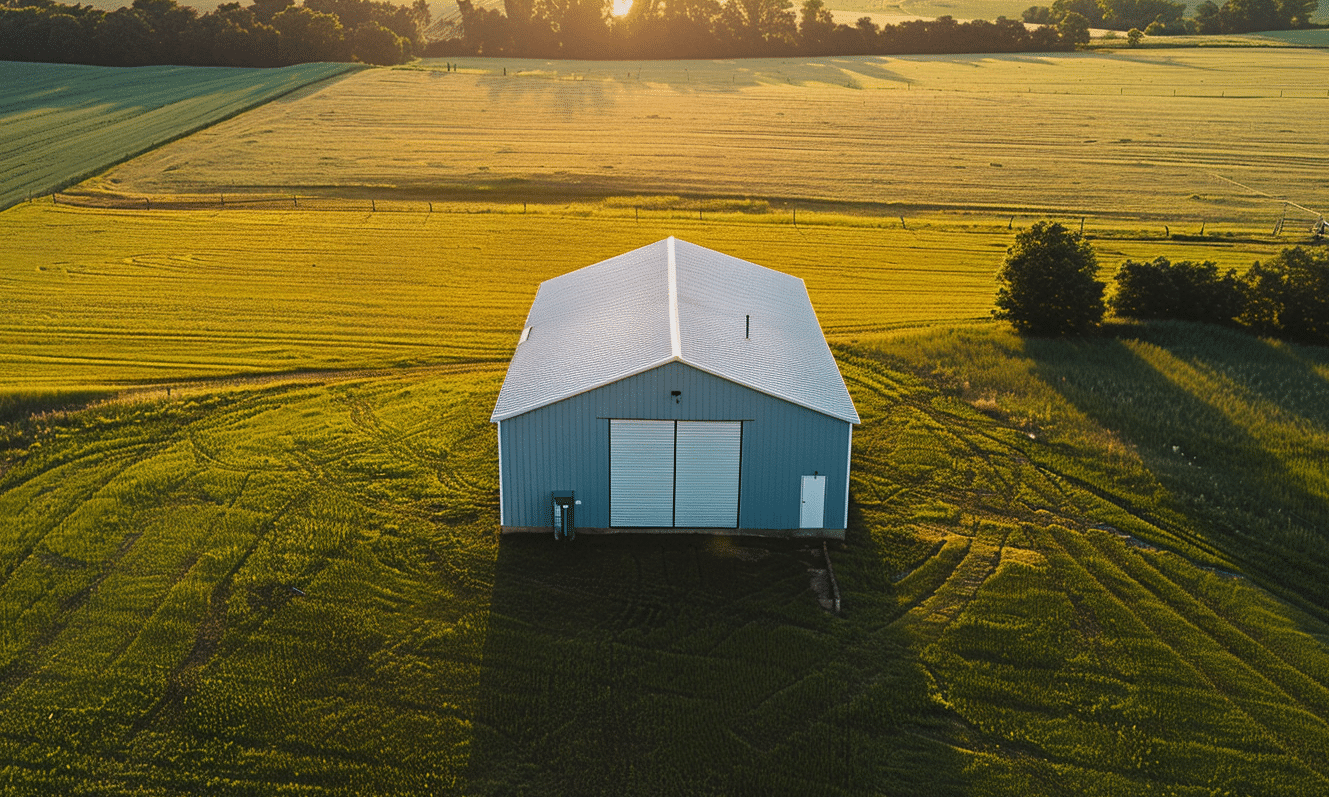When considering a new addition to your home, like a garage, the excitement often masks the nitty-gritty decisions involved, especially when it comes to garage construction materials. But don’t worry—selecting the right materials is a crucial step that can boost your property’s value, enhance functionality, and lower long-term maintenance costs. So, what should you consider when selecting these materials? Let’s dig into this labyrinth and help you find your way.
Understanding Your Options in Garage Construction Materials
Imagine stepping into a showroom with rows of gleaming options—wooden countertops, metal beams, and more. Just as overwhelming as window shopping can be, choosing the best garage construction materials can be tricky. But understanding what these materials offer can help you make an informed decision.
Metal: A Modern Classic
Metal is the rising star in the garage construction world. Packing both durability and a sleek aesthetic, it offers a perfect blend of form and function. Metal garages can withstand severe weather conditions, making them a great choice for areas prone to harsh climates. They are also resistant to pests, a concern that often plagues wooden structures.
**Quick Tip:** Opting for metal garages might require a higher initial investment but pays off with its longevity and reduced maintenance needs. For more detailed garage maintenance tips, we recommend reading expert guides.
Wood: The Timeless Wonder
Wood is often the go-to choice for individuals who appreciate tradition and charm. A wooden garage blends seamlessly into more rustic home styles, providing an appearance that is second to none. Despite its aesthetic appeal, wood requires regular maintenance due to susceptibility to rot and pest infestation. Steer clear if you’re anxious about frequent upkeep.
Concrete: The Rock-Solid Foundation
While most commonly used as a foundation material, concrete is now gaining popularity as a mainstay in garages. Known for its strength and ability to endure extreme weather conditions, concrete can also offer excellent insulation properties. However, in comparison to metal garages, concrete can become a pricier option due to labor costs involved in installation.
What About Other Material Choices?
Once you have a basic understanding of traditional materials, you may wonder: Aren’t there others?
Composite: A Hybrid Solution
Composite materials blend the best aspects of wood and plastics, offering durability along with the aesthetic charm of wood. These are often more budget-friendly and require less maintenance than pure wood garages. However, their environmental impact is somewhat controversial compared to natural materials.

Key Considerations: The Devil is in the Details
Insulation and Ventilation
Is your garage intended to provide sanctuary to your beloved car collection or serve as a versatile workspace? Consider its usage as it will determine the level of insulation and ventilation required. Metal and wood garages offer differing insulation properties, with metal sometimes benefiting from additional thermal barriers.
Size and Space
Size surely matters! From a simple carport to a grandiose 20×24 garage package, you’d want a design that aligns with your needs. Check out this 20×24 garage package that thoughtfully combines adequate parking and storage spaces.
Local Building Codes
Different regions may have specific regulations governing garage constructions, so verifying local building codes is indispensable. Some areas have embraced steel garage kits Ontario due to their adherence to local compliance and quick assembly.
Budget Constraints
Your chosen materials will play a significant role in the total cost of the project. While metal might pinch the pocket at the outset, it often proves to be cheaper in the long run due to reduced maintenance costs. On the contrary, if your heart is set on wood, keep regular Maintenance in mind, but it could be far more feasible, initially.
Often, exploring options from trusted suppliers can help, like Lowe’s Canada, one of the best resources for construction materials.
Conclusion: Paving Your Path to Precision
Picking the perfect garage construction materials is akin to selecting the foundation for a towering skyscraper—it requires thoughtful contemplation. Each material has its own merits, whether it be metal’s durability, wood’s beauty, or concrete’s robustness. The right choice largely hinges on your specific needs, climate considerations, and long-term maintenance goals.
By gaining clarity on these variables, you’re poised to make a decision that not only meets your immediate needs but also stands the test of time. So, as you march along this journey, armed with knowledge and a few resources like the tailored garage maintenance tips and metal garages, you’re well on your way to creating a valuable, robust addition to your home—one that could become your pride and joy for years to come.










